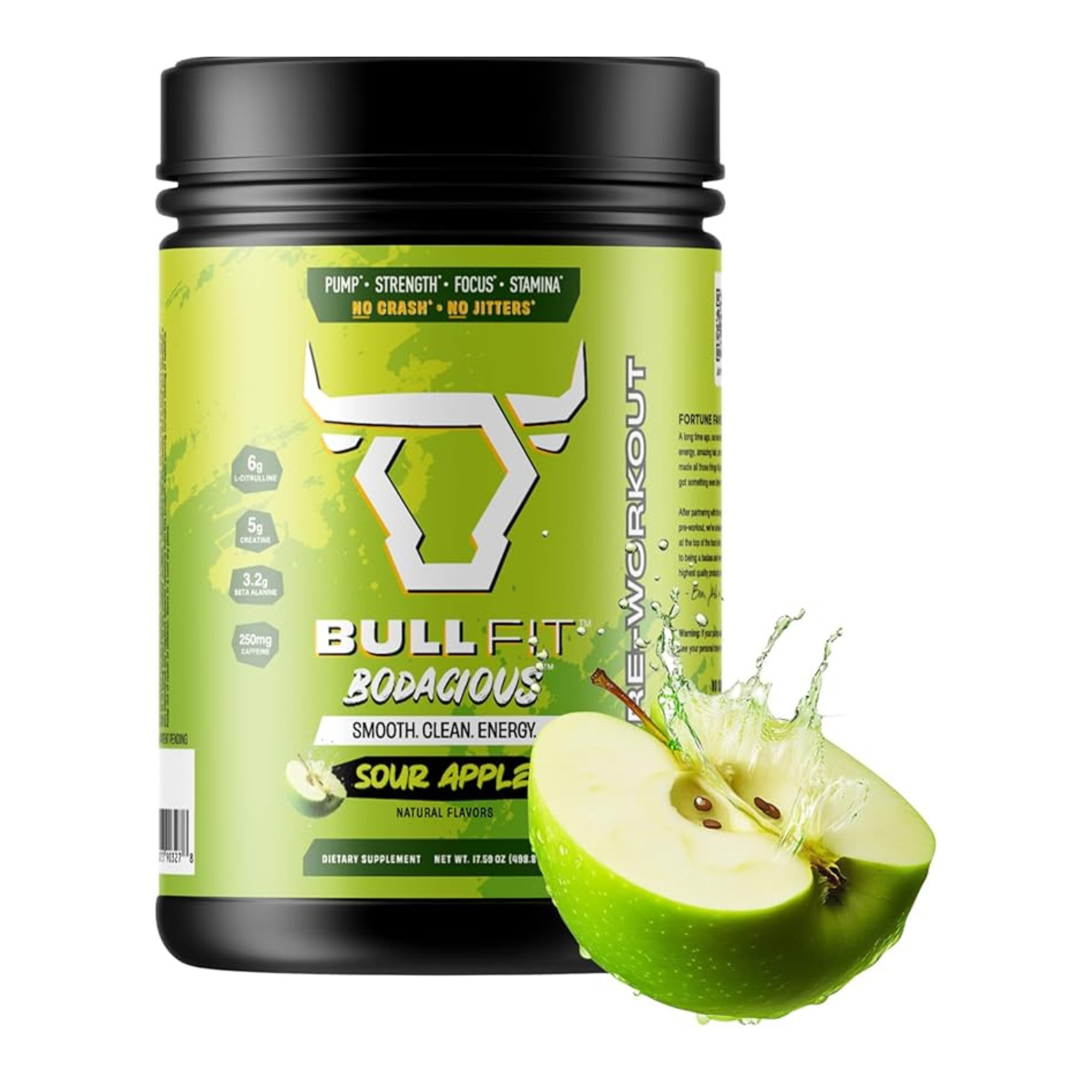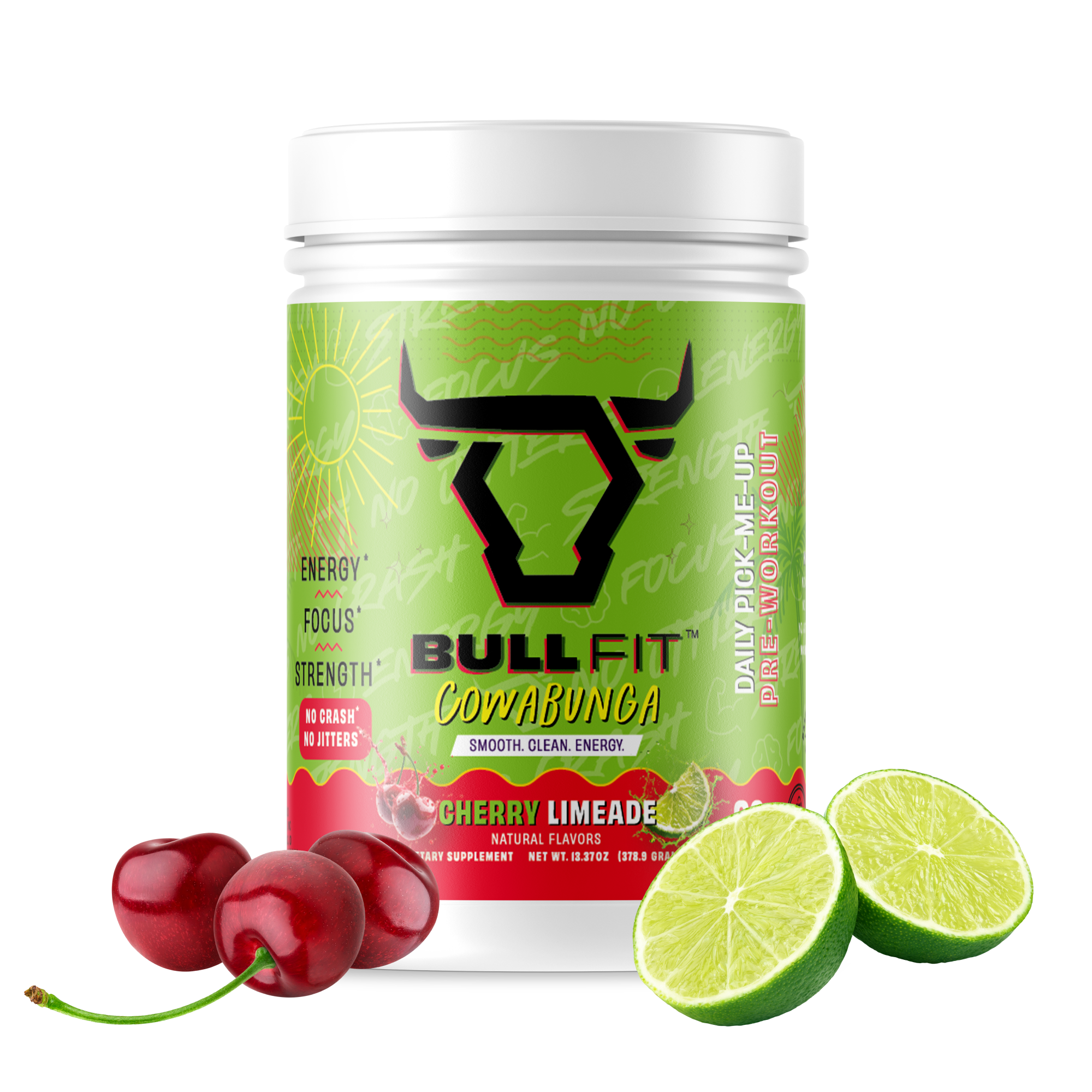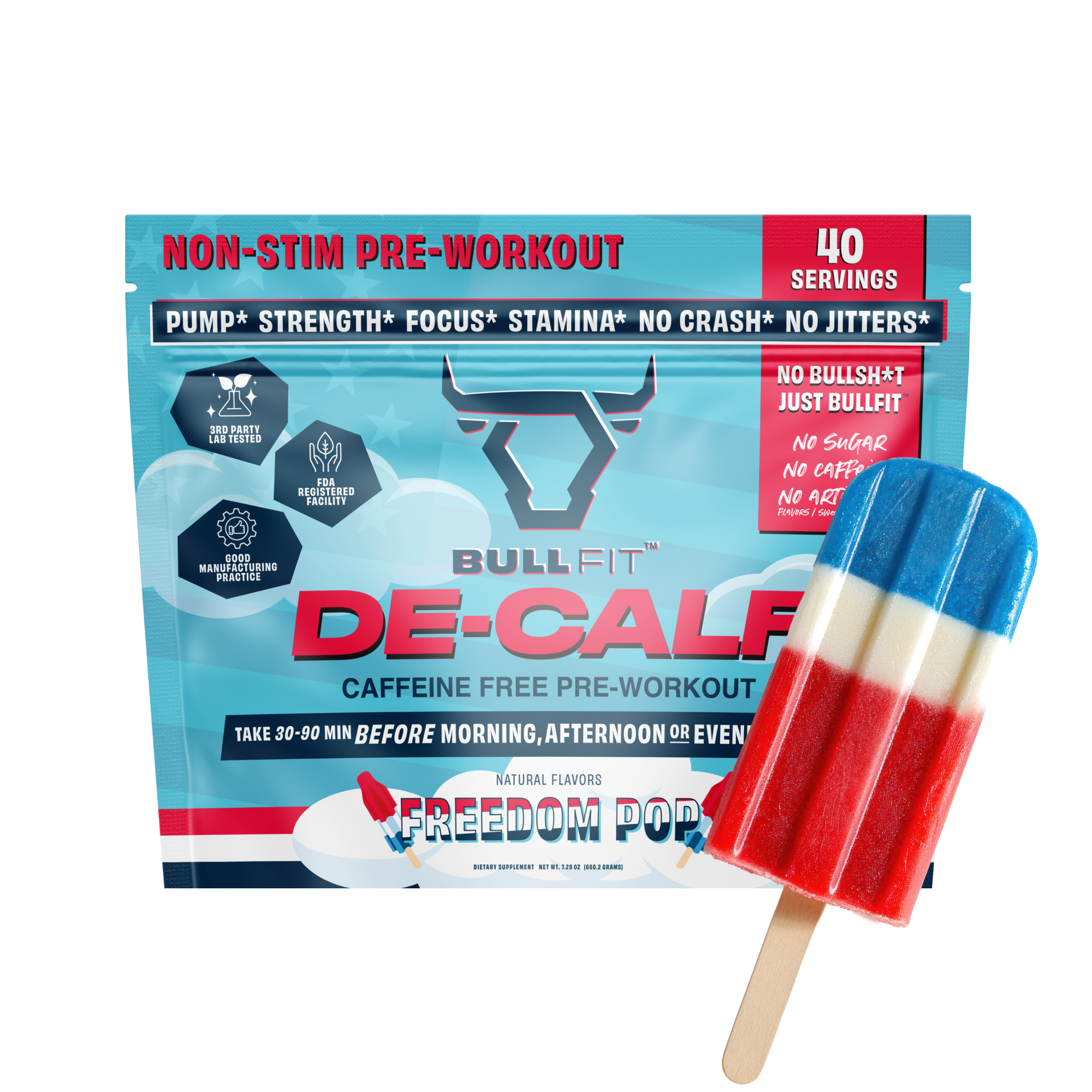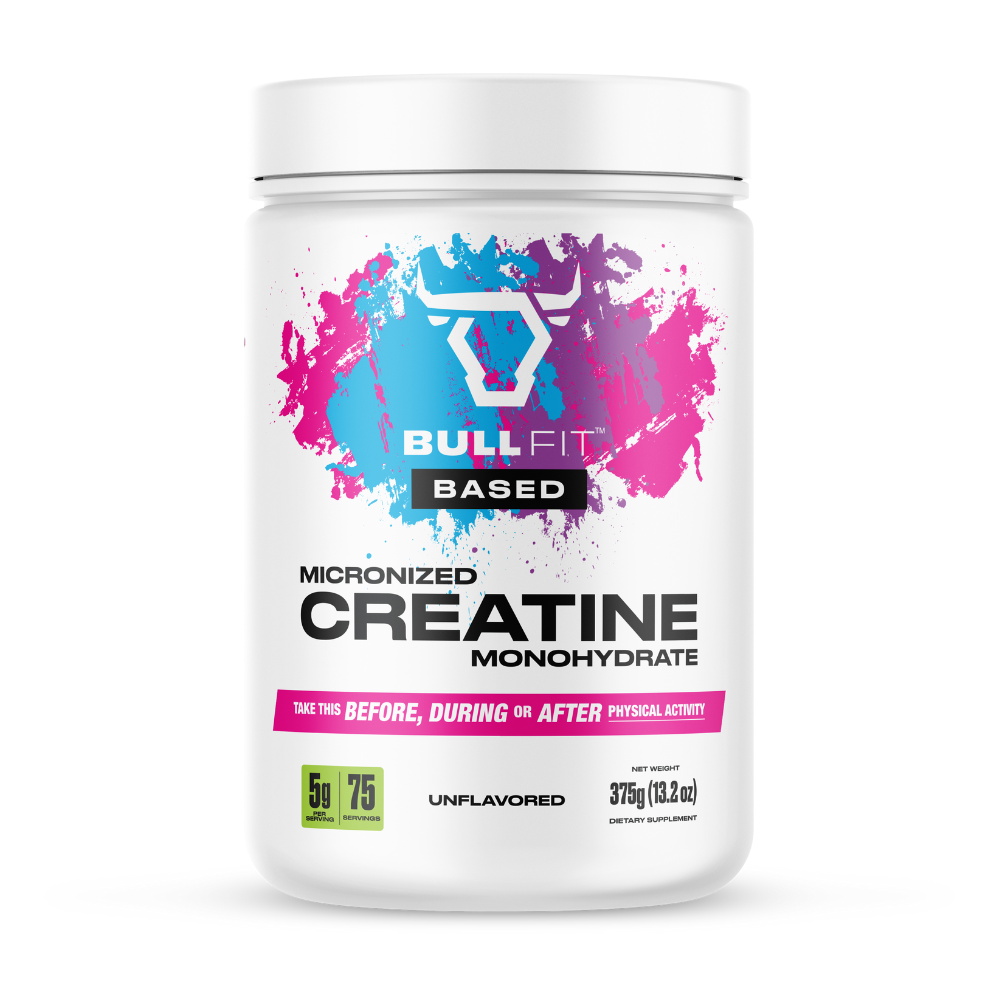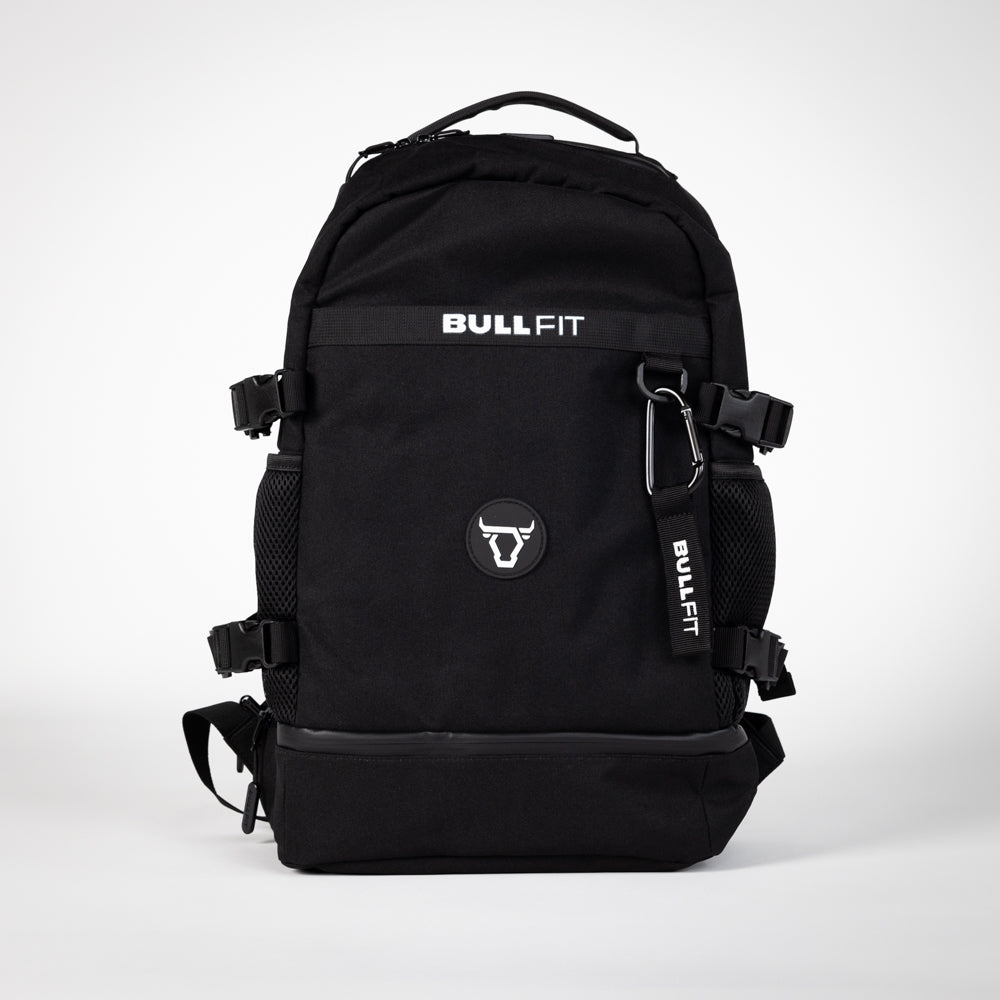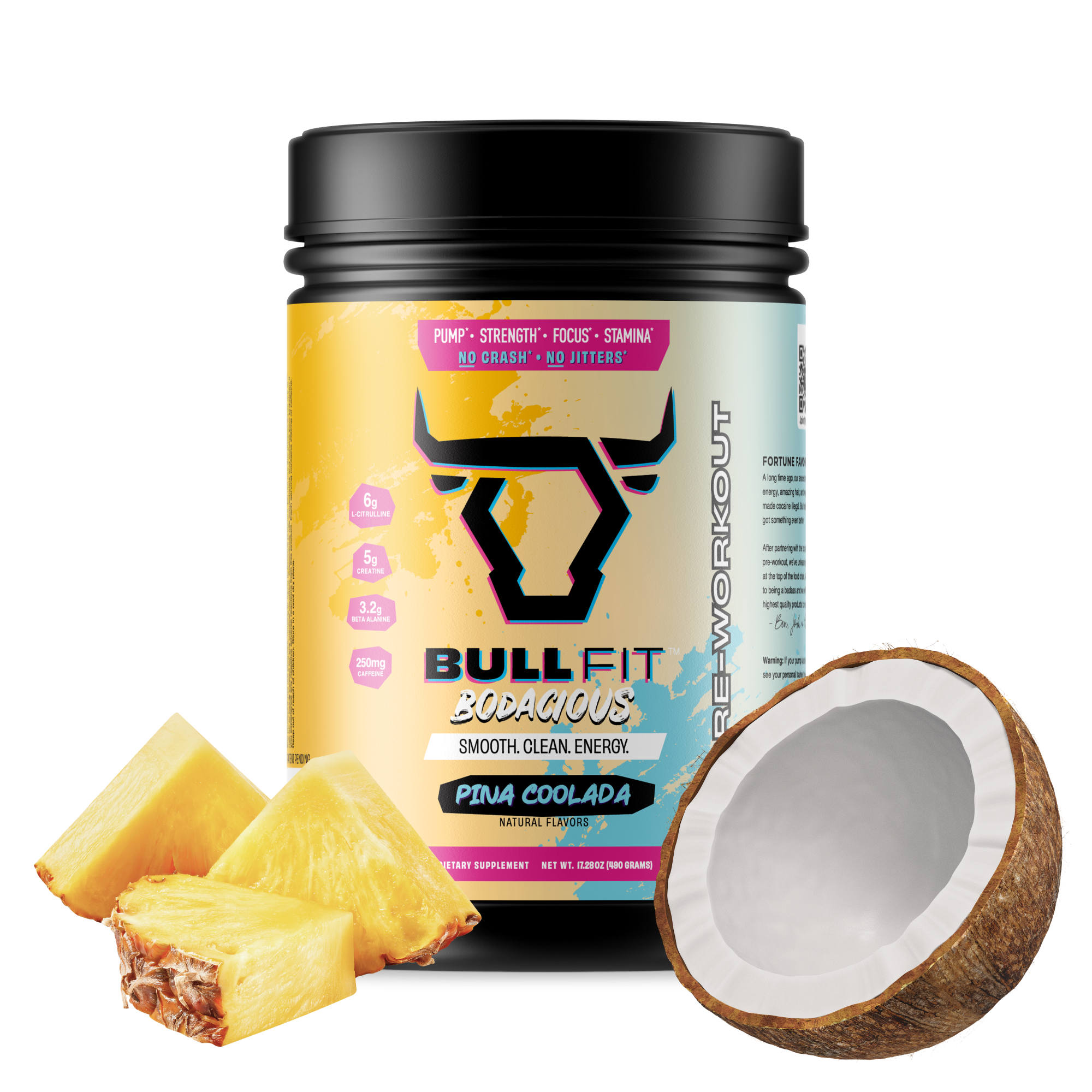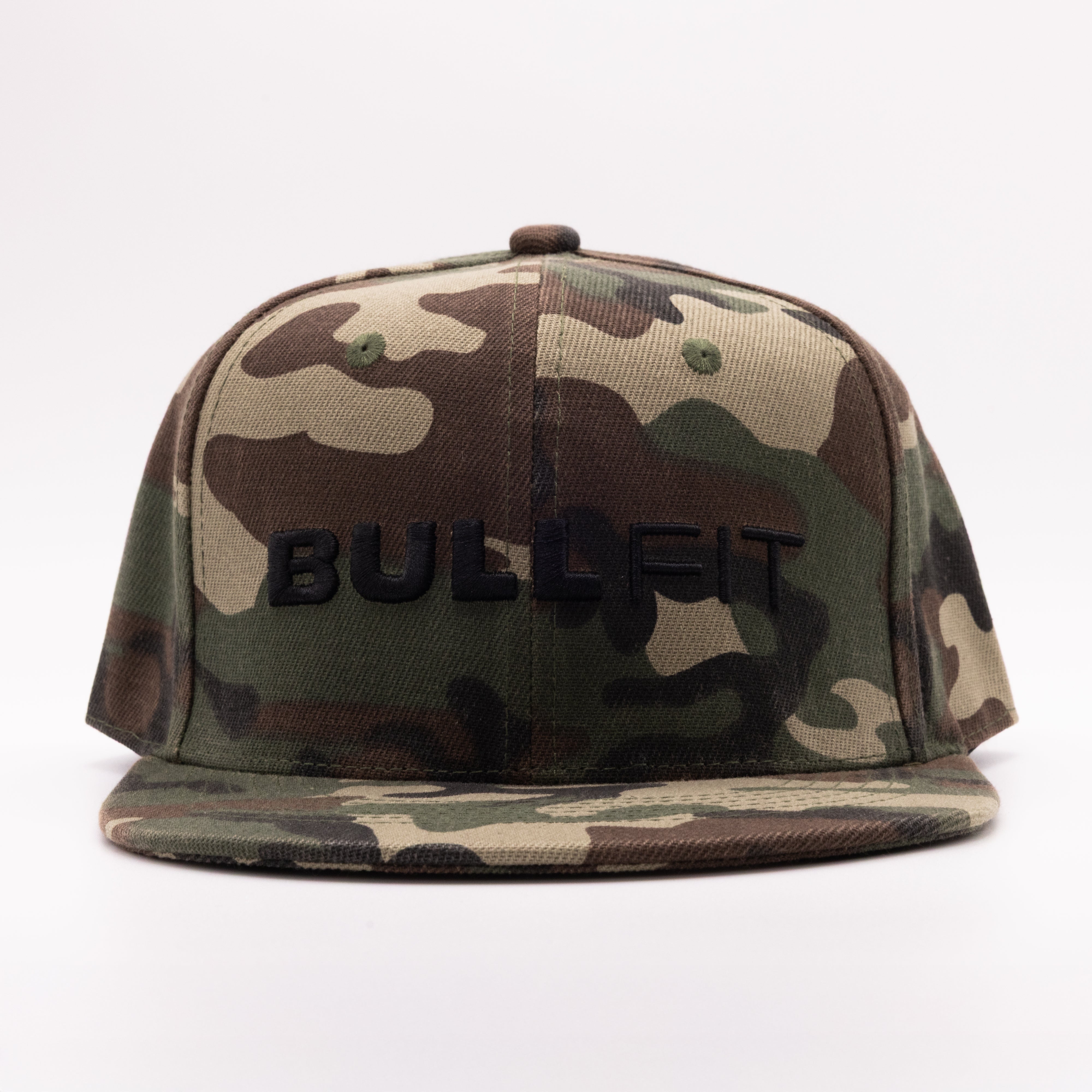Overhead Press vs Military Press vs Push Press: Unleashing Your Upper Body Strength
If you're looking to build a robust upper body, understanding the most effective shoulder exercises can be critical. Shoulder exercises, such as the overhead press, military press, and push press, serve as key strength-building tools. In this article, we’ll delve into the differences and similarities among these exercises and how they can optimize your strength-training regimen.
Understanding Shoulder Presses
Shoulder presses refer to strength-training exercises targeting the anterior (front) and medial (middle) heads of the shoulder muscles, alongside the upper back and upper arm muscles. In a standing position, shoulder presses also engage core muscles, fostering overall body strength.
Regularly performed, shoulder presses improve shoulder mobility, stability, and strength, preparing your body for more advanced movement patterns like deadlifts, bench presses, and rows.
The Overhead Press: AKA Military Press
A compound shoulder lift, the overhead press (also known as the military press) promotes muscle building, enhances shoulder range of motion, and increases core stability. This exercise primarily works the anterior and medial deltoids, the upper chest, triceps, and lower back.
How to Do It
- Begin standing with your feet shoulder-width apart.
- Grab the barbell with a shoulder-width grip, resting it at shoulder height on your collarbone.
- Engage your core and raise the barbell overhead, fully extending your arms at the top and pushing your head through your arms.
- Lower the weight back to your collarbone, preparing for the next repetition.
- Key Differences
- While both exercises engage similar muscles, the military press requires a tighter stance with feet close together. This generates tension throughout the body. The overhead press utilizes a wider stance, increasing stability and balance. Whether you prefer the military press or overhead press depends on your personal preferences and training objectives.
The Push Press: Full Body Strength Builder
The push press is a compound exercise that builds muscle in both your lower and upper body. Activating the glutes, quads, pecs, triceps, lower back muscles, and deltoids, this exercise promotes total body strength.
How to Do It
- Start standing with your feet shoulder-width apart.
- Grab the barbell with a shoulder-width grip, resting it on your collarbone just below chin level.
- Dip slightly, then explosively extend your knees and hips, driving the barbell overhead.
- Fully extend your arms overhead and push your head slightly forward for a full range of motion.
- Lower the weight back to rest on your collarbone.
- With your hips and knees slightly bent, begin the next repetition immediately.
- Key Differences
- The push press emphasizes power, creating momentum in the initial phase by dipping down into a semi-squat, which helps to press the bar overhead with greater speed. This recruits more muscles, enabling you to lift heavier weights with ease and building overall shoulder strength.
So, Which Exercise Is Better?
The choice between the overhead press and push press hinges on your personal fitness goals.
Building Muscle
If muscle building is your goal, the overhead press might be more beneficial. This exercise allows for greater control during the concentric (lifting) and eccentric (lowering) phases, fostering muscle-building tension. With progressive overload, you can gradually increase weight, frequency, and reps to boost muscle strength over time.
Producing Power
If power is your aim, the push press will get you there. This exercise focuses on the speed of lifting the weight overhead, promoting more power through momentum. Practicing push-press exercises can boost your athletic capacity, but both types of shoulder press variations can be used to enhance functional strength, range of motion, and stability.
Final Thoughts
Incorporating barbell overhead presses and push presses into your training routine can increase strength, improve posture and balance, and reduce the risk of injury. Whether you aim to build muscle (overhead press) or promote power (push press), both exercises can help you reach your fitness goals. However, as always, it's important to use proper form and gradually increase intensity to avoid injury.
Read more

Getting a Grip on Belly Fat: The BullFit Guide to a Healthier PhysiqueExcessive belly fat, often termed as the "beer belly", doesn't just hamper your physique but also escalates numerous health ri...

Sucralose in Your Supplements: A Hidden Threat You Can Avoid with BullFit Pre-Workout and Allulose The fitness supplement market is flooded with a myriad of products promising enhanced performance,...
